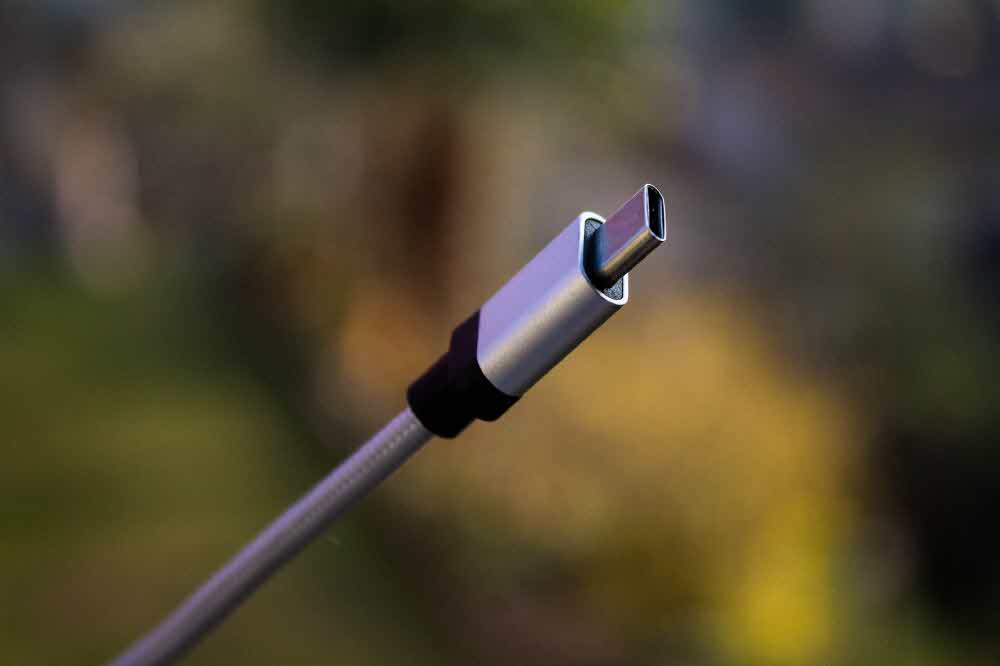
The European Parliament begins a discussion on mandating the adoption of a uniform standard charger for all portable devices, including smartphones sold in the EU.
Of course, this kind of discussion doesn’t happen now. In 2009, 14 companies, including Apple, Samsung Electronics, Huawei, and Nokia, signed a memorandum of understanding to unify the charging standard with micro USB. Likewise in 2014, the European Parliament made a resolution calling for the development of common chargers. In the end, there is no legal force and it is in the form of recommending the adoption of unified standards to the last, but it seems that they are trying to take stricter measures, saying that the desired result has not been produced.
The reason for demanding the unified standard is not only to secure consumer convenience, but also to change the charger every time a terminal is bought and changed. According to EU estimates, 51,000 tonnes of old chargers per year are being scrapped.
It did not mention the unified standard itself, but considering the current state, USB Type C is the most prominent. In the case of Android, some of the inexpensive terminals have adopted microUSB, but it does not seem to be a major obstacle to the adoption of USB Type C.
The problem is the iPhone. The MacBook and iPad Pro adopted USB Type C, but the iPhone still uses Lightning. There are rumors that the iPhone will also abolish the Lightning terminal in 2021, but it is expected that the entire iPhone will be a fortress rather than adopting USB Type C.
From a consumer standpoint, it is welcome that everyone can use the same cable. However, even if a binding measure is put in place this time, it will actually take years to be replaced. There is also concern that if a next-generation standard emerges, the unified standard may be an impediment to the next-generation port development. It is noteworthy in the future as it is a debate with a large impact. Related information can be found here .


















Add comment